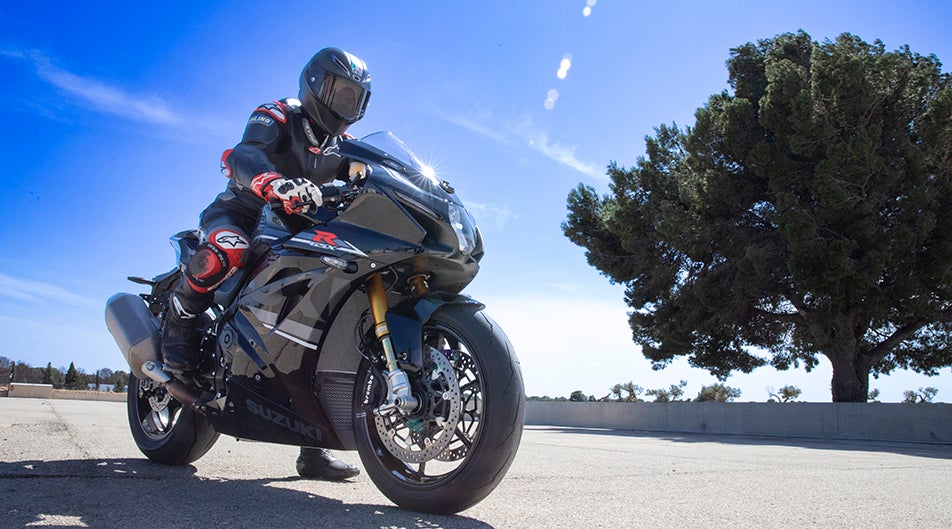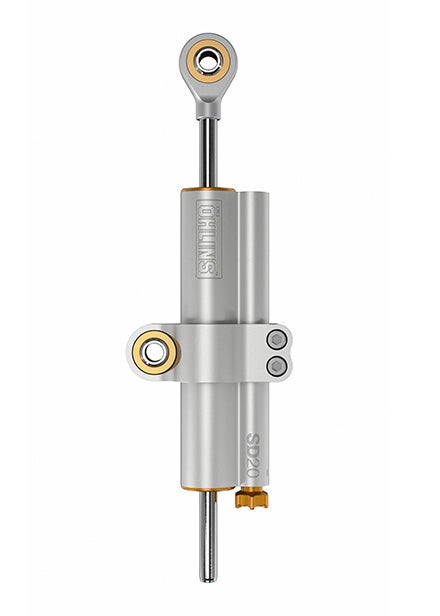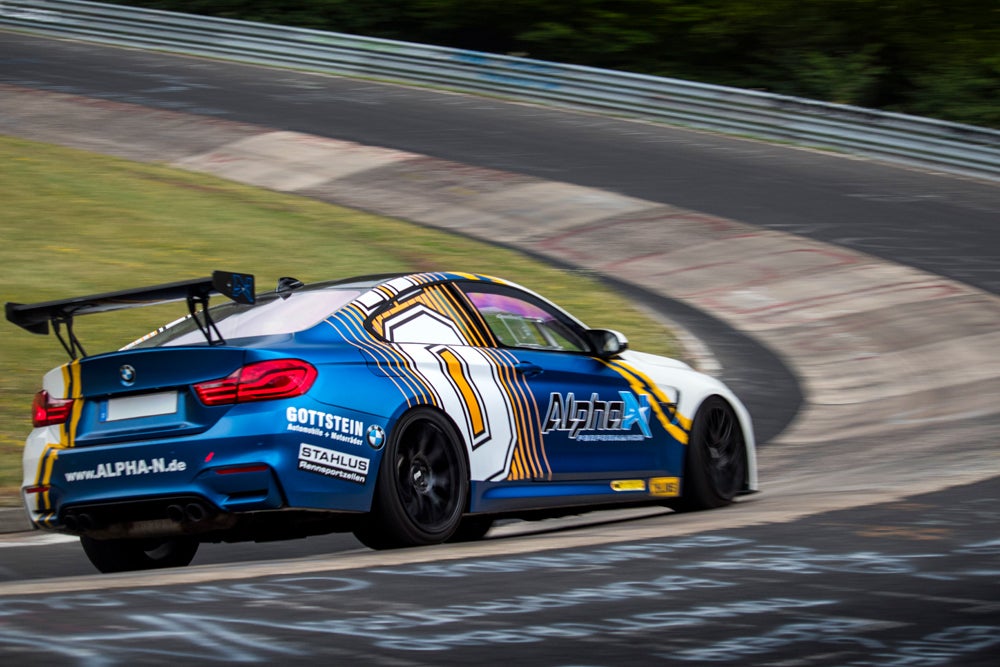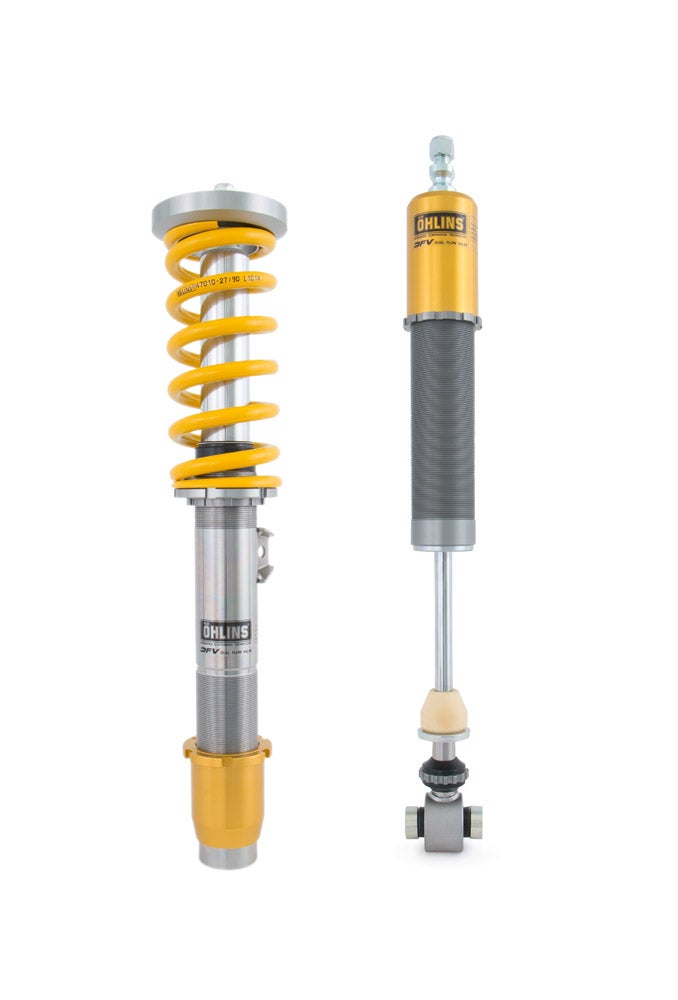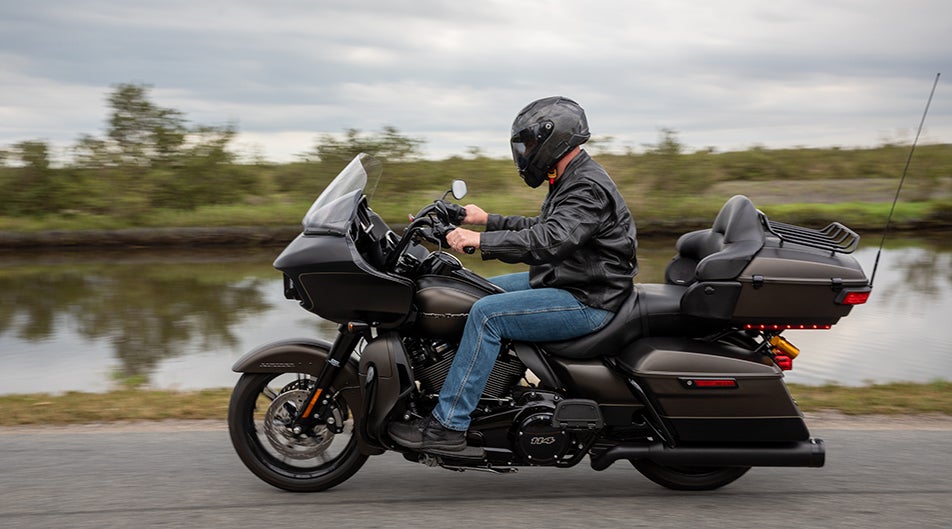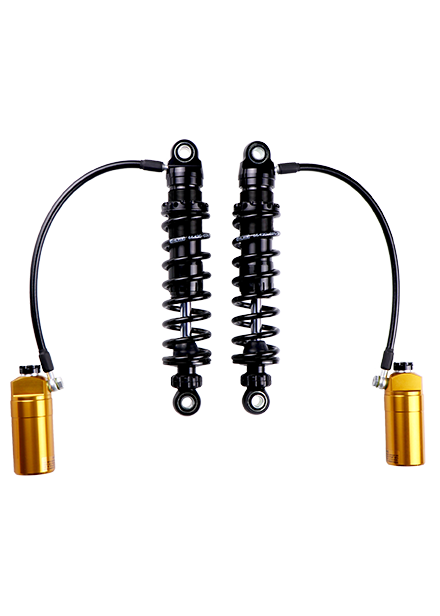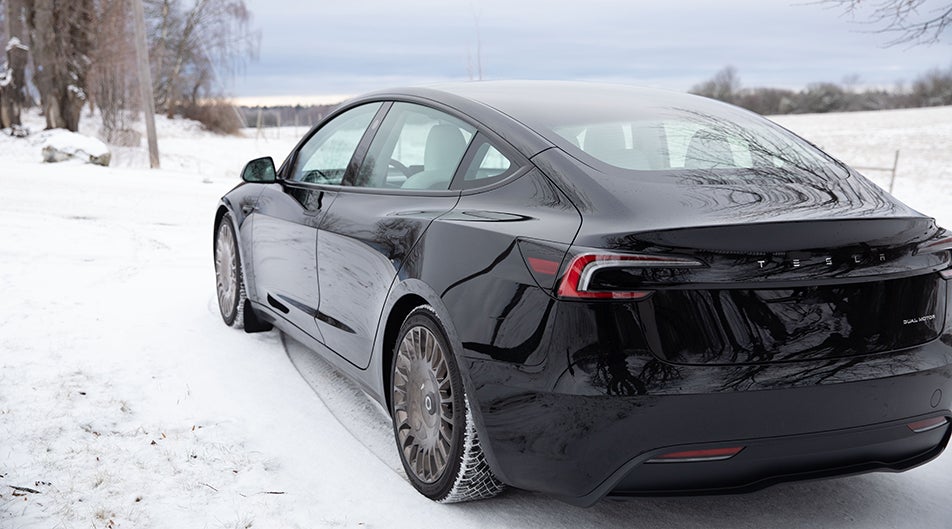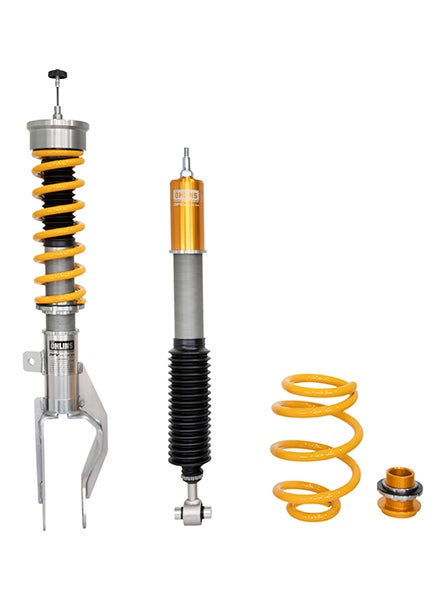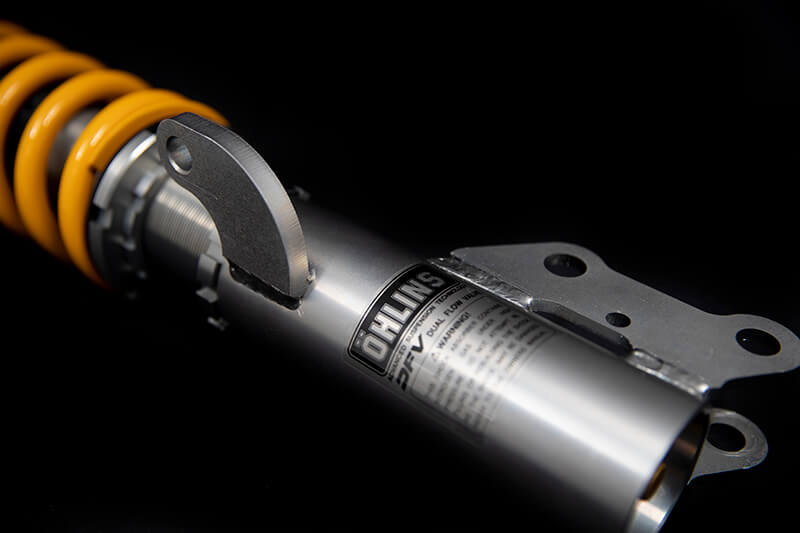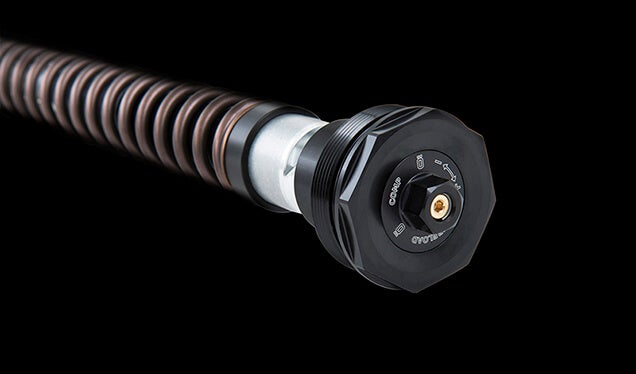THE ÖHLINS WAY IS
RACING PERFORMANCE
BORN IN
RACING
At Öhlins, racing is in our DNA.
We have been a cornerstone of the global racing scene for over four decades, supplying many of the top teams in MotoGP, World Superbike, Formula 1, World Rallycross and more with our premium, high performance suspension technology.
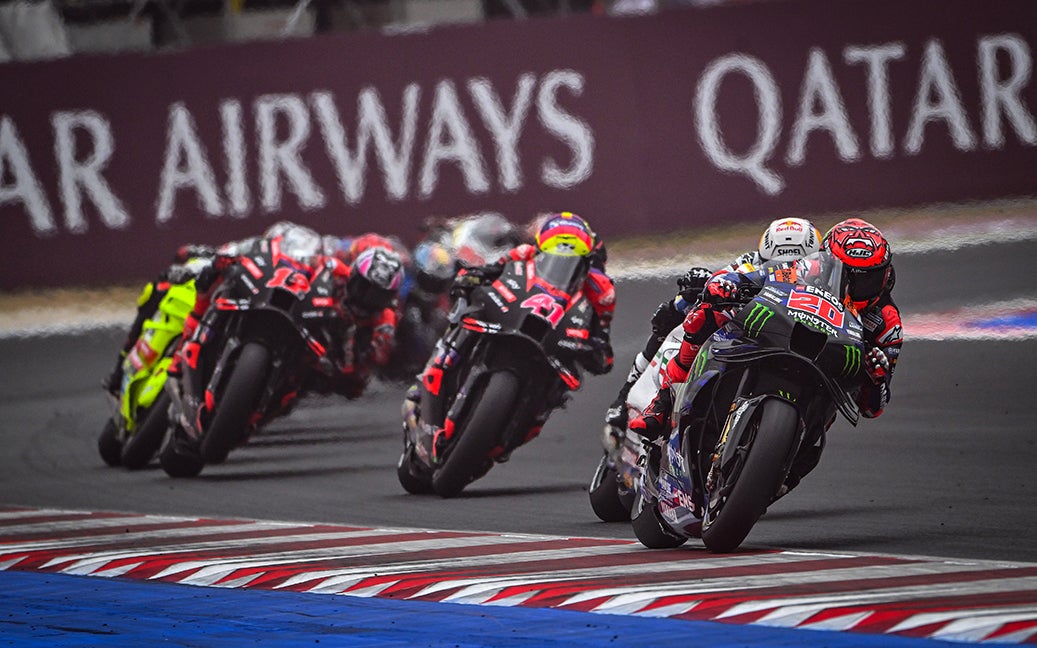

ÖHLINS TECHNOLOGY
FEATURED PRODUCTS
ADVANCED SUSPENSION
TECHNOLOGY
Our passion for innovation and state-of-the-art technology is the driving force in our search for the next generation of advanced suspension technology.
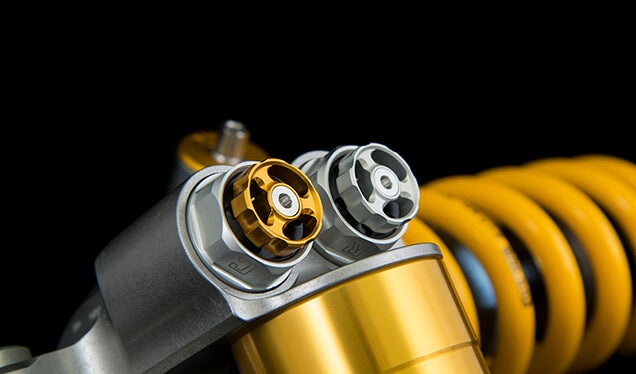

Race proven twin-tube damping system used in front forks and rear shocks to meet the highest demands for performance.
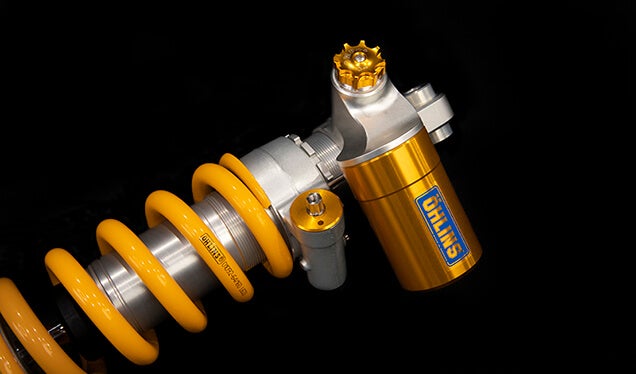

Single-tube damping system developed for consistent performance, comfort, and safety across a variety of applications.
TOP PERFORMANCE-ORIENTED
ÖHLINS OEM
From Ducati to Lamborghini, our OE suspension products can be found on hundreds of vehicle models worldwide. Explore the brands we work with and learn more about our OEM partnerships.
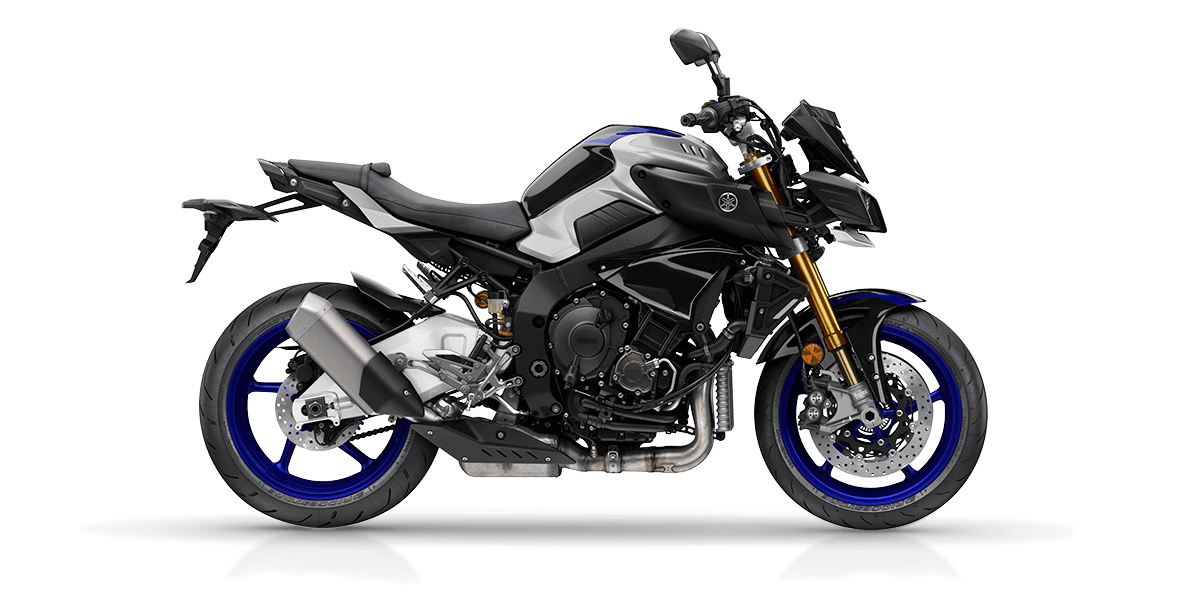


DOWNLOADS
Access and download useful resources to help you get the most out of your Öhlins products.
Here you'll find mounting instructions, owner's manuals, and much more.

